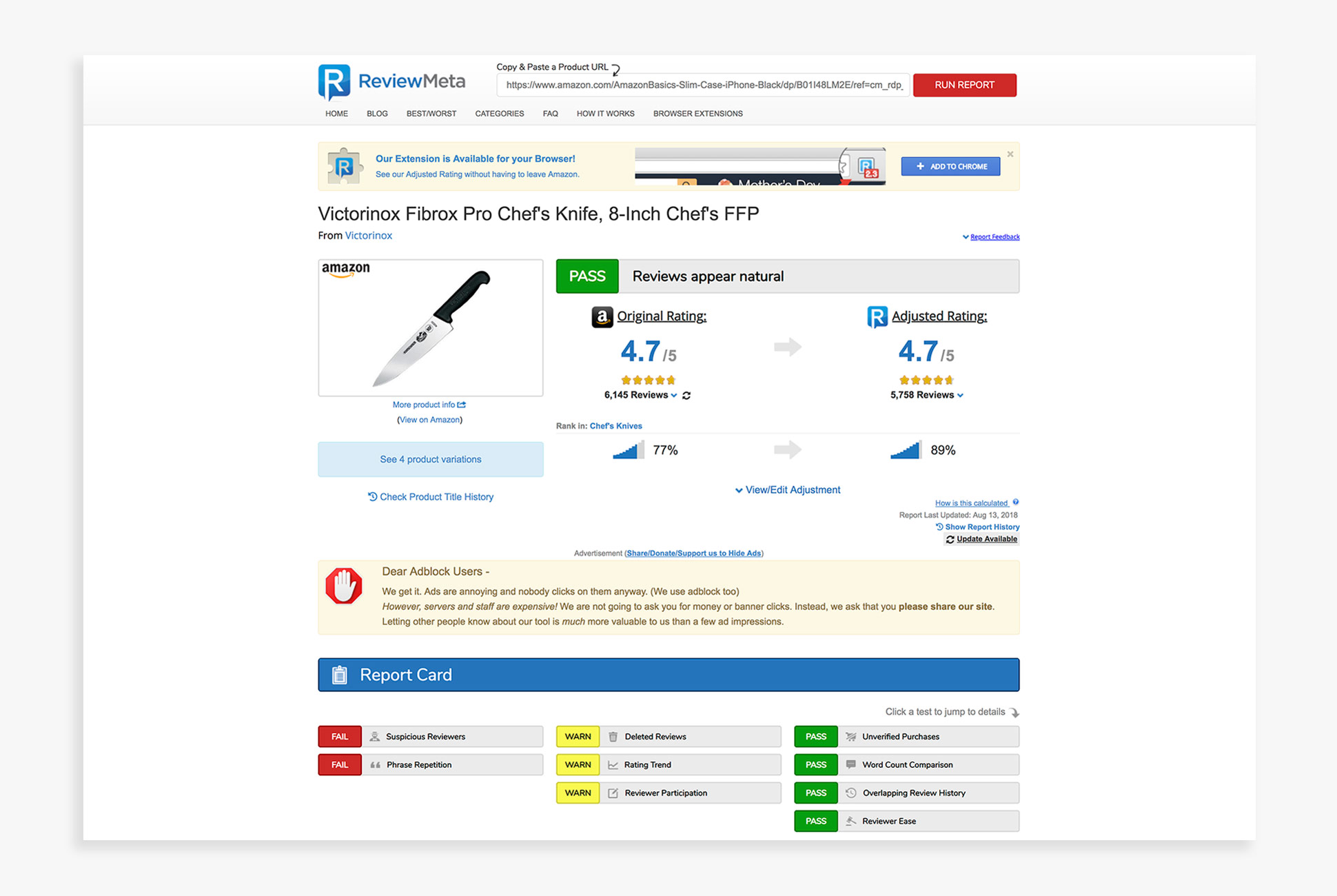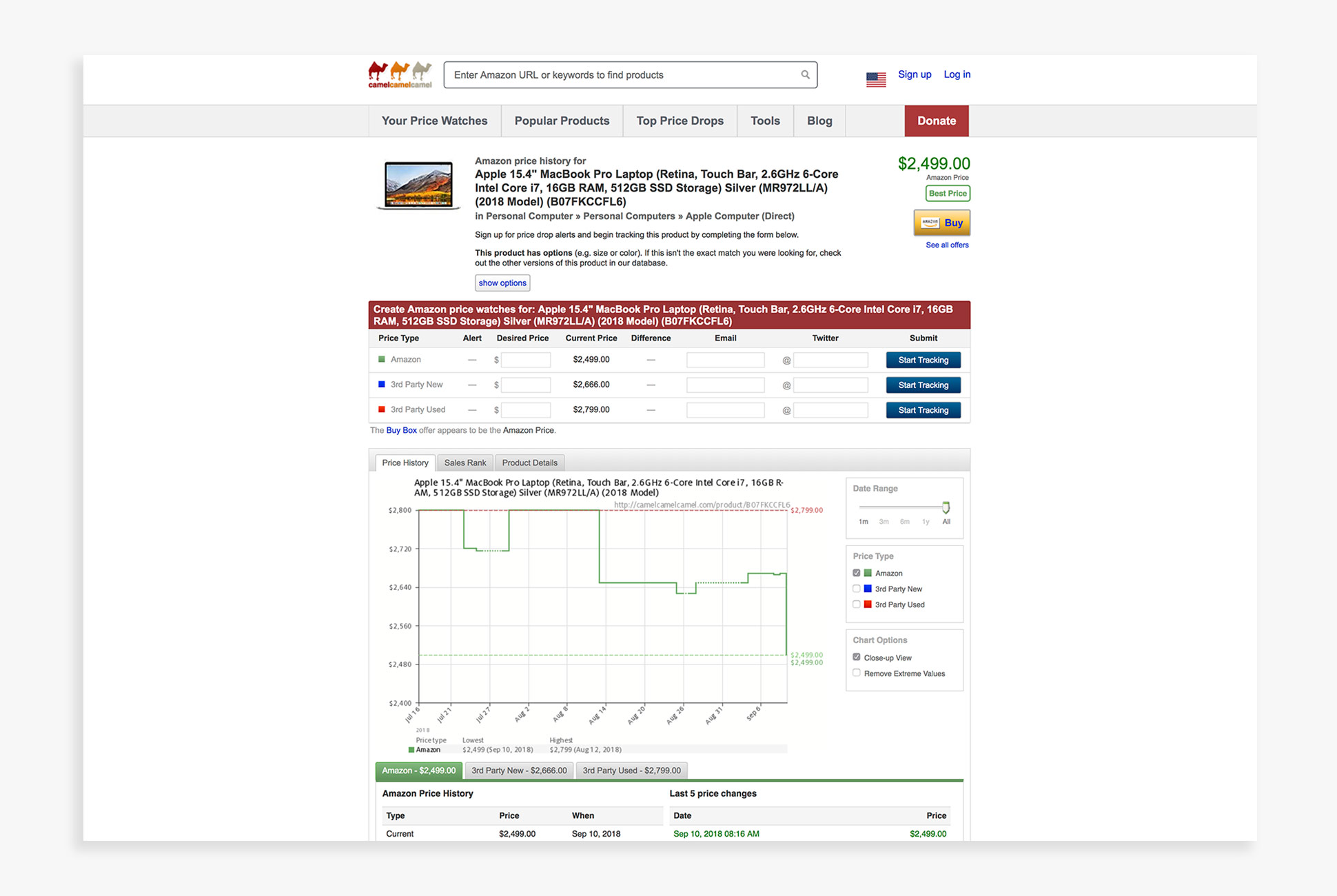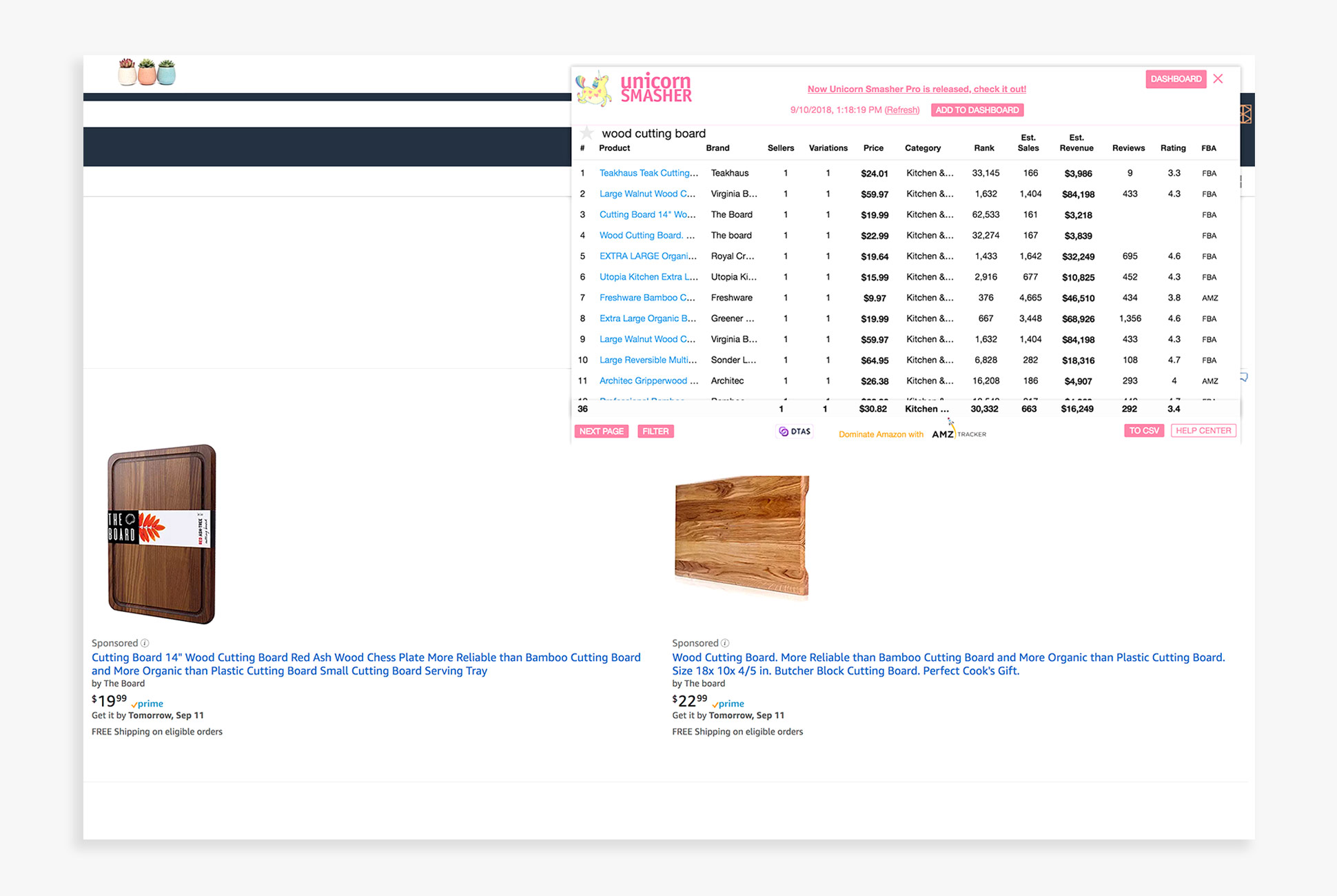As Amazon continues its march to retail dominance, it’s simultaneously becoming more a more deceptive and tricky place to shop — between shady sellers, fake reviews and product ranking manipulation, it’s just not as easy as tapping “Buy Now.”
The general goal of Amazon merchants is to rank highly for the keywords used to search the products they peddle. What this means: when you search for something (such as, “wood cutting board”), their product is at or near the top of the results page (just under the sponsored products for that keyword). So much of the tomfoolery on Amazon can be traced to ranking highly in Amazon search and, by extension, Google searches. The difference between the top few spots can make or break businesses.
Here are three very easy ways to make sure you’re not getting played by Amazon or the people who sell on it.
Fake Reviews
Problem: The Amazon BS-du jour is fake reviews. It’s widely understood that Amazon places a lot of stock in the number and quality of reviews a product receives, so the more blackhat sellers will solicit reviews in one of two general ways — pay a bunch of random people to reviews their product, or, pay a bunch of random people to buy their product and then review it (this grants the review the “Verified Purchase” badge, which scores better with Amazon’s internal algorithm). This phenomenon has been widely documented by the likes of NPR, Yahoo, the Reply All podcast, the Washington Post and many, many more, just in the last few months.

Solution: Some say you can spot fake reviews by identifying a certain “fake” cadence, or by clicking through to the reviewer’s profile and seeing a screen of five-star after five-star reviews (like Yahoo’s story linked above). It’s much simpler to use one of a few browser extensions that automatically scrape the totality of reviews on a product listing and give you a quicker idea of how potentially bogus a seller is.
ReviewMeta is the simplest and most effective solution you’ll find. It’s offered as an extension for all major browsers and provides an immediate score in the upper right corner to let you know how trustworthy the reviews on any particular product are.
Fake “Sales”
Problem: Nowadays, virtually every product on Amazon (and the greater retail internet, really) is constantly on sale. Except they’re not. Though there’s a strike through the “Was” price (this is SRP, allegedly), many products wind up staying at their farcical “sale” price for weeks or months.

Solution: Thankfully, there’s a website for this. Behold, Camel Camel Camel — the old school internet-looking Amazon price tracker. Plug the URL of any product on Amazon into its search bar and you’re greeted with a stupid simple line graph that maps out the current, cheapest and average price of the good you’re searching (we use it daily to vet sales for our deals section). If you want to save yourself a step, add its browser extension, The Camelizer, to your chosen web surfer.
Fake Popularity
Problem: As mentioned before, search rankings on Amazon are everything, and sellers will do anything to achieve the top results for their categories. These things include farming clicks (a prime example here), buying loads of their own products to boost the product’s ranking (sometimes called “dummy ordering”) and so much more underhanded garbage. As such, many subpar products reach the tops of their product categories and search keywords, leading folks to buying something that isn’t as popular as it would seem.

Solution: Amazon has best-seller lists for all products and product categories on its site. It’s unnecessarily cumbersome to dig through them — instead, use Unicorn Smasher. Its purpose is mostly for other sellers on Amazon to get an idea of the competition, but you can use it to figure out what real human beings are buying in whatever category. Install the extension, search whatever products you’re hunting for and, once on the search results page, click the Unicorn Smasher icon in the top right of your browser. Look at the “Rank” column (there’s a lot of other data, try and ignore it) and you’ll find which products you’re seeing are actually popular, versus which sellers have effectively tricked Amazon.


